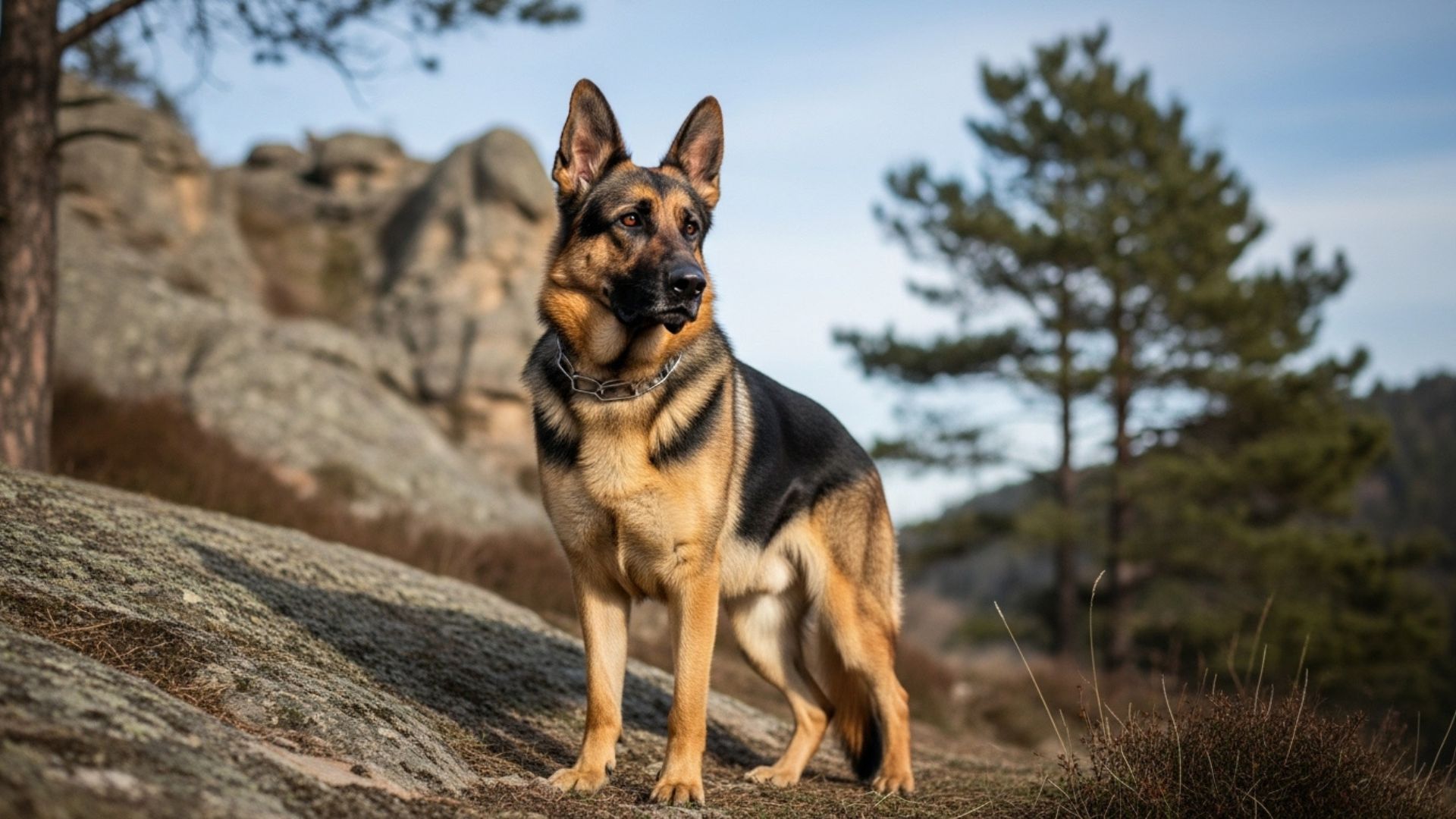There’s something undeniably majestic about a big dog with a mind of its own. These are the gentle giants who stride through life with quiet confidence, loyal, capable, but perfectly content making their own choices.
Independent dogs thrive on autonomy and are rarely ever clingy. They’re thinkers, problem-solvers, and protectors, often forming deep bonds built on mutual respect rather than constant supervision. For experienced owners or those who admire a canine with character, these breeds bring both companionship and a refreshing sense of self-reliance.
In this guide, we’ll explore the ultimate big independent dog breeds, those impressive canines who balance size, strength, and strong-willed spirit.
Whether you’re drawn to the rugged independence of a livestock guardian, the cool composure of a Nordic sled dog, or the noble reserve of a mastiff, this list will help you discover which four-legged free-thinker might just be your perfect match.
Ultimate Big Independent Dog Breeds
1. Great Dane
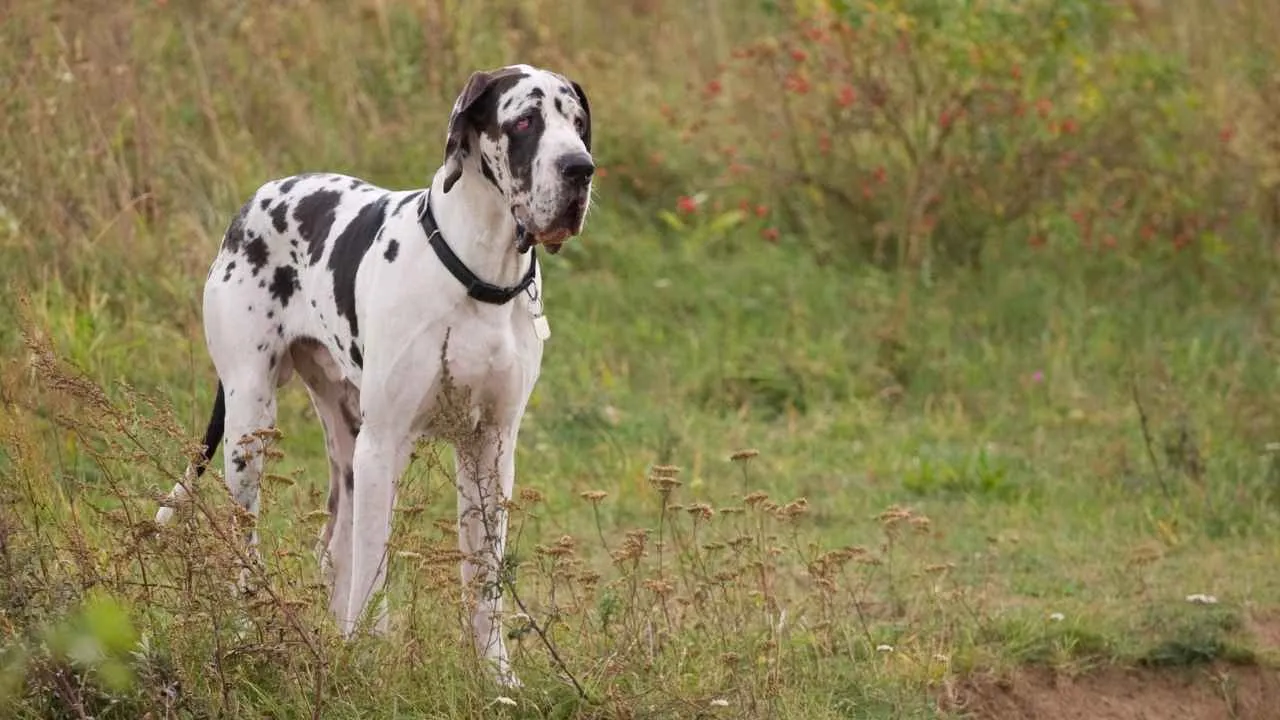
The Great Dane is celebrated as the “Apollo of Dogs,” combining an easygoing nature with imposing strength and stature. Owning one means planning for serious size and power, even if the personality reads gentle and joyful, as suggested by the American Kennel Club.
As one of the world’s tallest large dog breeds, the Great Dane commonly features in tallest-dog records and sits firmly in the giant-breed conversation.
Great Dane breed facts often include a lifespan of around 8 to 10 years and a short, sleek coat in colors like fawn, brindle, blue, black, and harlequin. Early socialization and positive training are recommended to match their size with good manners.
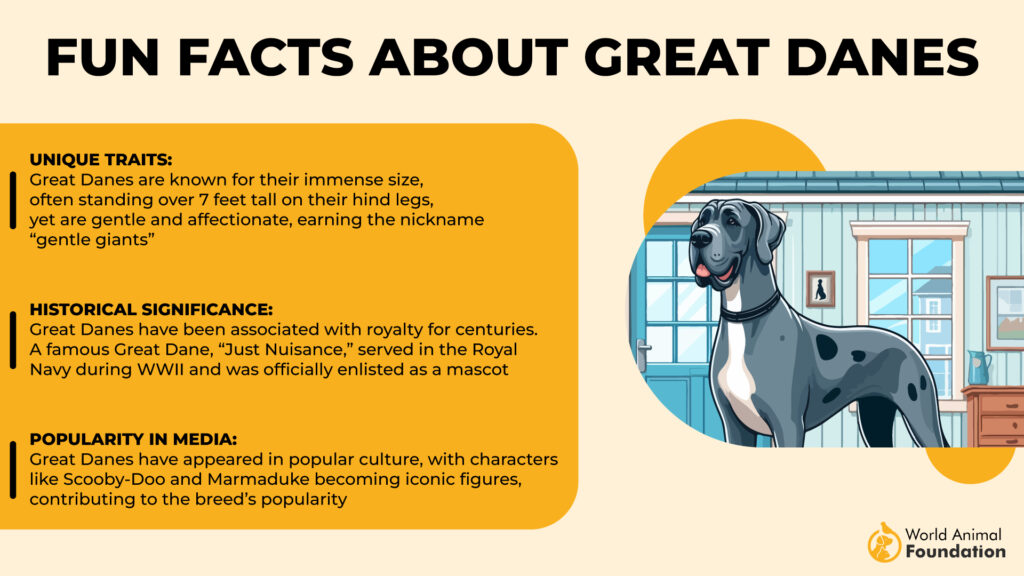
Daily exercise keeps this breed healthy, but many Danes are relatively low-energy indoors and enjoy lounging with their families. That calm demeanor helps the breed fit into family life when space and management needs are met.
The Great Dane brings presence with a famously gentle spirit. Its historic role as an estate guardian and boar hunter underscores strength beneath the polite exterior.
Quick Tips
Use positive reinforcement and early socialization to guide a powerful, gentle giant.
Plan for giant-breed spacing, sturdy gear, and mindful exercise.
Watch for big-dog health concerns like bloat and keep regular vet checks.
2. Alaskan Malamute
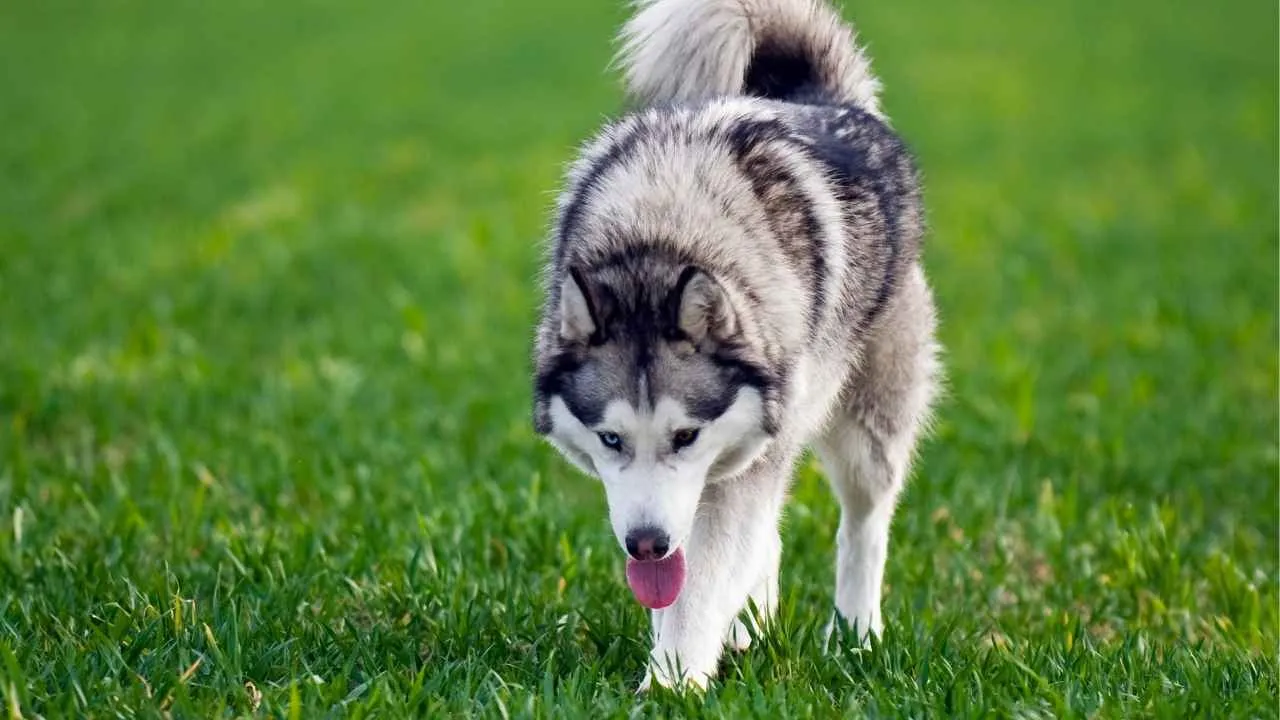
The Alaskan Malamute is an immensely strong spitz-type worker with a well-furred, plumed tail, erect ears, and substantial bone. Descriptions emphasize an affectionate, loyal, and dignified dog that looks every bit the heavy-duty sled puller.
The Malamute is among the most independent dog breeds with a confident, strong-willed nature. Bred for endurance and self-reliance, Malamutes often need extra training and thrive with experienced owners.
Size-wise, Hepper notes males around 25 to 28 inches and females about 23 to 26 inches, with lifespans typically 10 to 14 years. That big, athletic frame pairs naturally with significant exercise needs and a cold-ready double coat.
At home, many Malamutes are friendly and loyal to their pack, yet may assert independence. Their sled-dog heritage explains the drive to work and the steady endurance that defines daily life.
The Malamute represents the archetype: a hardy, self-possessed northerner that bonds strongly but does not depend on constant direction. Matching their mind and muscle is part of the appeal.
Quick Tips
Commit to firm, fair training that channels a strong-willed worker.
Provide vigorous daily exercise and mental jobs to satisfy endurance instincts.
Groom for a thick double coat and be prepared for cold-loving habits.
3. Romanian Carpathian Shepherd
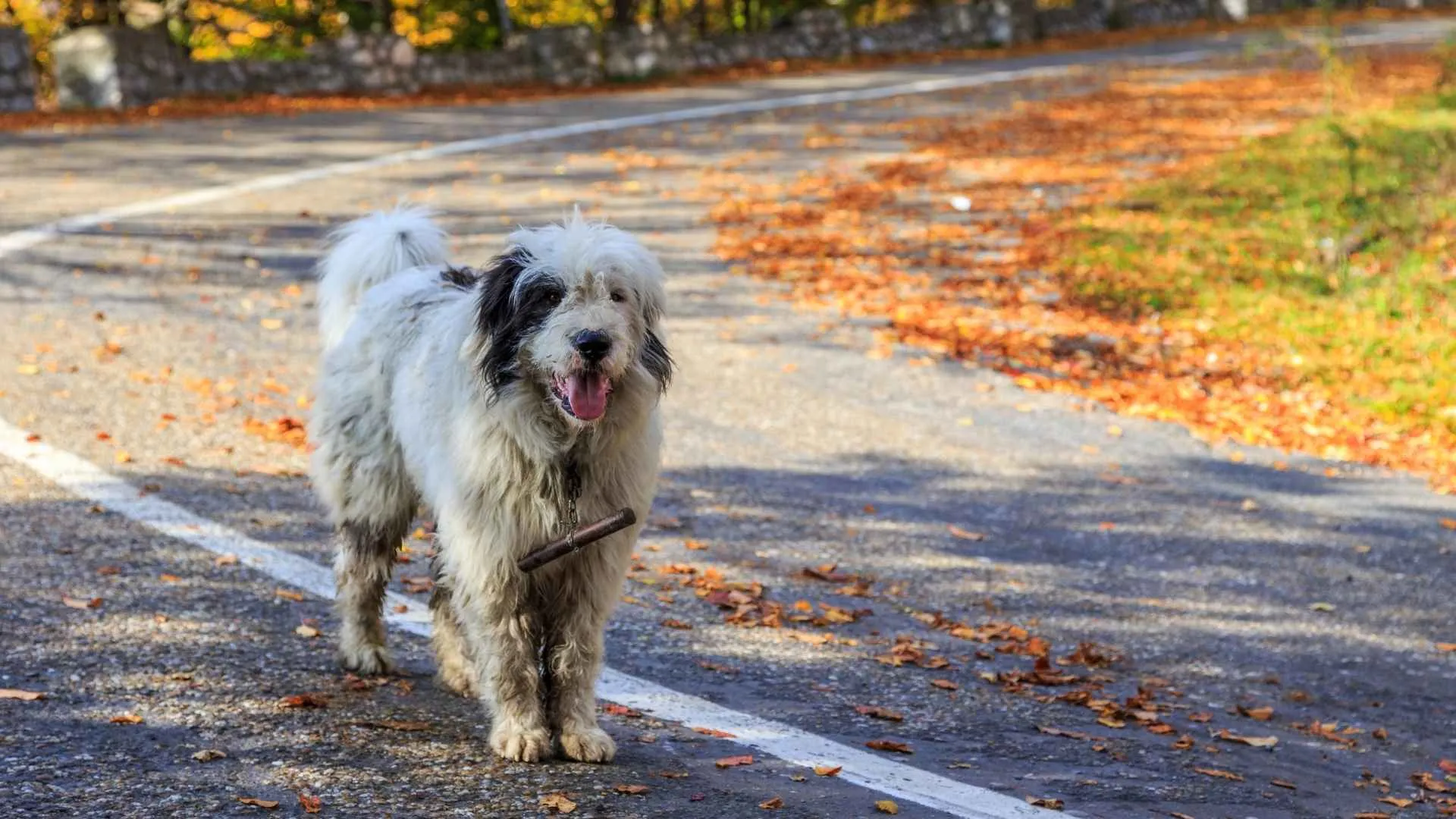
AKC describes the Romanian Carpathian Shepherd as a natural guardian that is courageous, loyal, and devoted to family or flock. The breed is characterized as dignified, proud, calm, and balanced.
This is a large, wolf-like guardian bred for centuries to protect livestock and homes in the Carpathian Mountains. Males often reach 26 to 29 inches and 80 to 100 pounds, with females around 23 to 26 inches and 70 to 90 pounds.
Temperament includes intelligence, independence, and politeness toward outsiders, with strong devotion to family. Early, extensive socialization and experience handling are recommended due to a determined working mindset.
Coat care centers on a dense double coat that benefits from routine brushing, with heavier seasonal shedding. Bathing is occasional to preserve natural oils that protect in harsh weather.
For readers exploring big independent dog breeds, the Carpathian offers classic livestock-guardian qualities: vigilant problem-solving, self-directed patrol, and a steady temperament that prioritizes protection. Exercise and space needs are significant.
Quick Tips
Begin socialization early to balance independence with sound judgment.
Provide at least an hour of daily exercise and ample secure space.
Brush regularly and bathe occasionally to maintain a weather-ready coat.
4. Pyrenean Mastiff
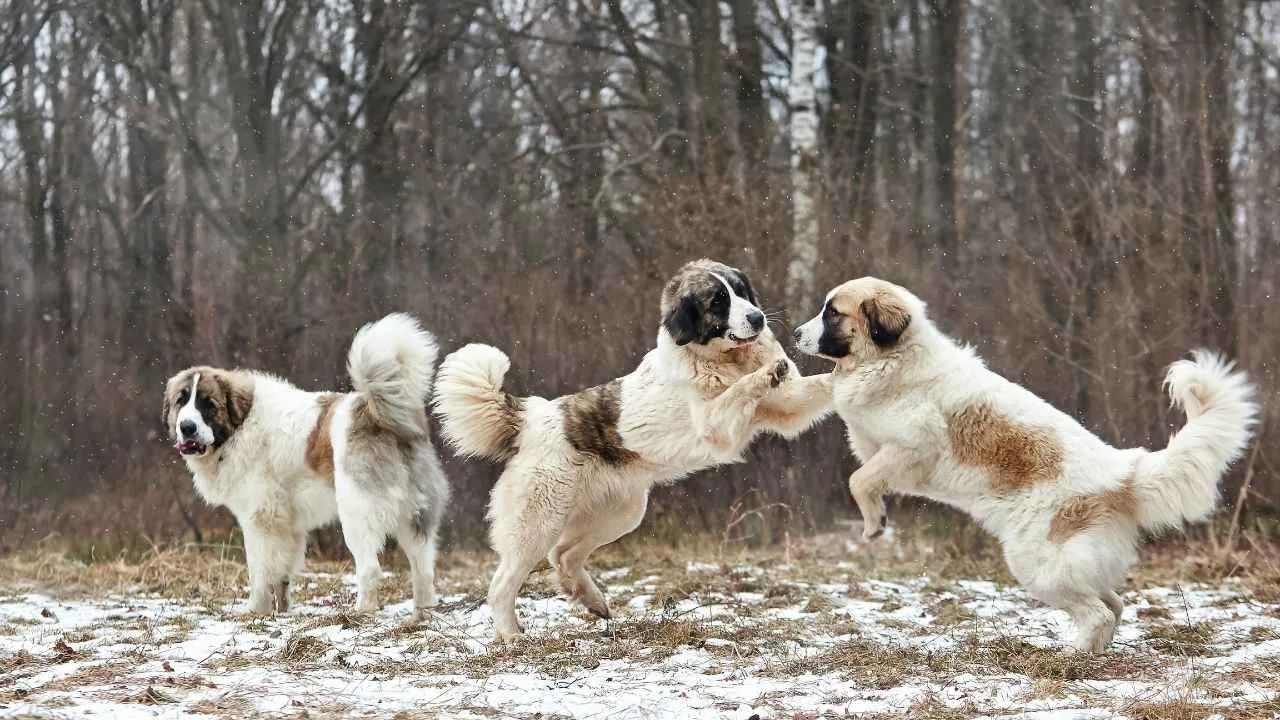
The Pyrenean Mastiff is a rare giant livestock guardian breed from Spain, historically used to defend flocks from wolves, bears, and thieves.
Over time, its role shifted from predator defense to property guard and family companion, while retaining its guardian instincts.
Fully grown, Pyrenean Mastiffs often weigh between 120 and 190 pounds and reach heights around 25–31 inches, with double coats that appear white with patches of color.
As per PetMD, their coat is relatively manageable: brush regularly, pay attention during heavy shedding, and bathe sparingly. Temperamentally, they combine calm, gentle family affection with guardian confidence.
Their independence arises in their guardian role—these dogs think for themselves and will alert when they sense threats.
Health-wise, they’re prone to conditions common in giant breeds: hip and elbow dysplasia, degenerative myelopathy, and risk of bloat (gastric dilatation-volvulus). Responsible breeders test for joint and neurological issues.
Because the breed is rare, sourcing a trustworthy breeder is important, and exercising patience is key. This breed thrives with space, structure, and a strong but kind handler.
Quick Tips
Begin training early with positive reinforcement to connect with their independent mind.
Monitor feeding times and avoid vigorous activity right before or after meals (bloat risk).
Provide sufficient brushing, especially during seasonal coat blow-outs.
5. Akita
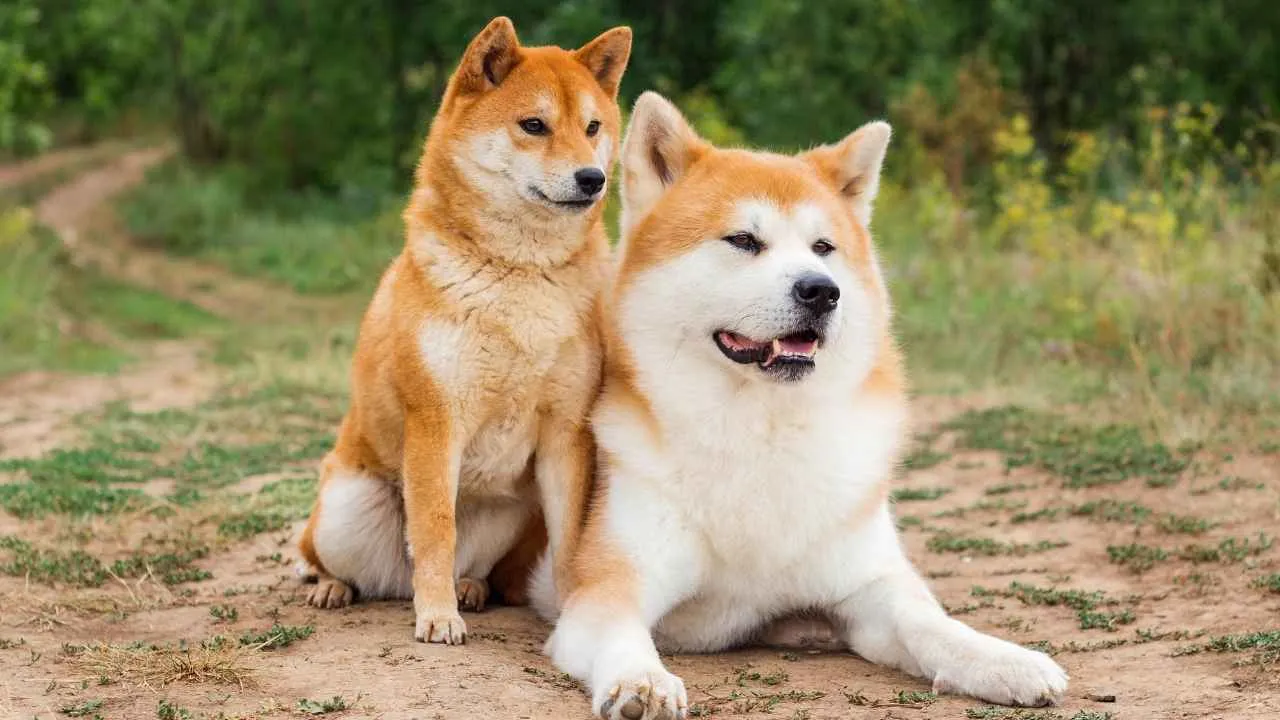
The Akita is a large, powerful dog of Japanese origin, known for its dignity, loyalty, and strong presence. Members of the Akita lineage once assisted in hunting boars, bears, deer, and more in northern Japan.
In the show ring, Akitas present with a muscular build, heavy bone, erect triangular ears, and a curled tail that arches over the back. They carry a dense double coat suited for colder climates.
Regarding temperament, Akitas are intensely loyal to their owners, often reserved or aloof with strangers. Their strong-willed and dominant tendencies require clear leadership and consistency from an experienced handler.
Common health challenges include autoimmune disorders, hip dysplasia, bloat, thyroid issues, and eye problems. Vigilant veterinary care and genetic screening play a key role in reducing risks.
While not always among “giant breeds,” the Akita’s size, independence, and historical roles as hunter and protector place it well in discussions of big, independent dog breeds.
Quick Tips
Socialize extensively from puppyhood to moderate suspicion of strangers.
Use firm, consistent training. Akitas respond poorly to indecision.
Monitor weight and feed carefully, especially in deep-chested individuals.
6. Great Pyrenees
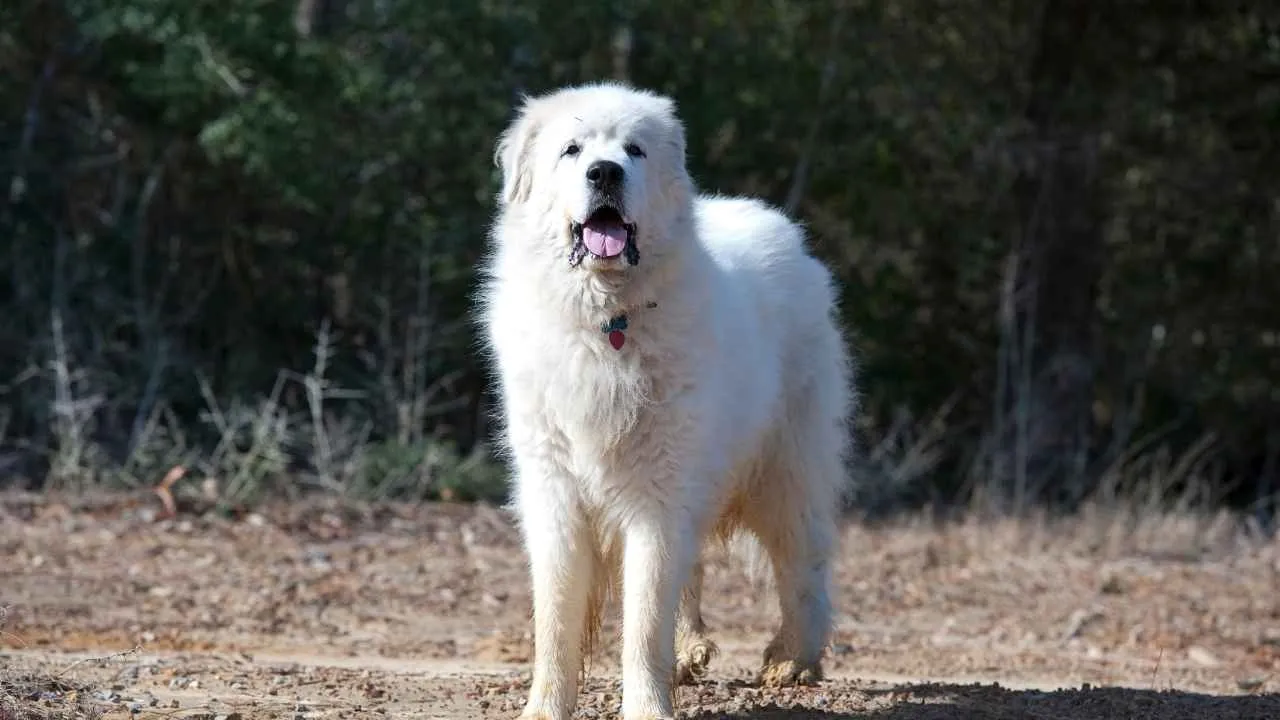
The Great Pyrenees is a majestic, powerful mountain guardian breed originally developed to protect sheep from wolves and other predators. These dogs are described as calm, alert, and capable of moving with agility when needed.
As to appearance, many Great Pyrenees stand up to 32 inches at the shoulder and weigh over 100 pounds, sporting a lush white or white-with-marking coat. Their coat is weatherproof; grooming requirements include brushing to manage heavy shedding and keeping the coat free of debris.
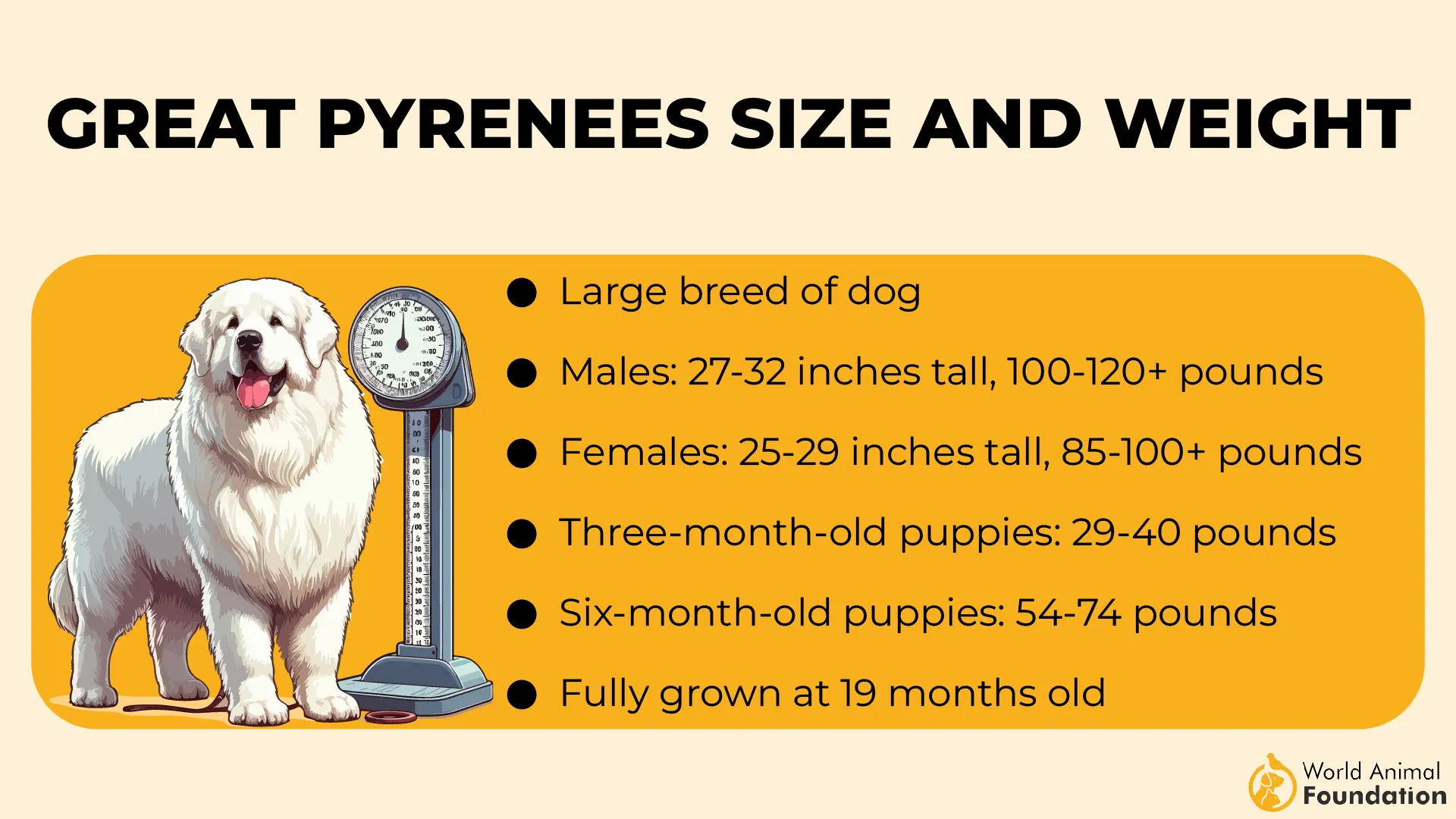
In temperament, they blend serene composure with protective vigilance. They are family-oriented and gentle, yet make confident guardians of home territory. Their independent thinking comes from centuries as livestock guardians without direct supervision.
Health concerns include hip/elbow dysplasia, bloat, eye disorders, and immune-mediated conditions. Prospective owners should be familiar with signs of bloat and prepare accordingly.
Because the Great Pyrenees combines scale, calm presence, and autonomous guardian instincts, they’re a classic candidate among ultimate big independent dog breeds.
Quick Tips
Brush thoroughly during seasonal coat shedding and more lightly otherwise.
Monitor for signs of bloat, and avoid exercise immediately post-meal.
Provide early obedience and establish boundaries to complement their guard instinct.
7. Anatolian Shepherd Dog
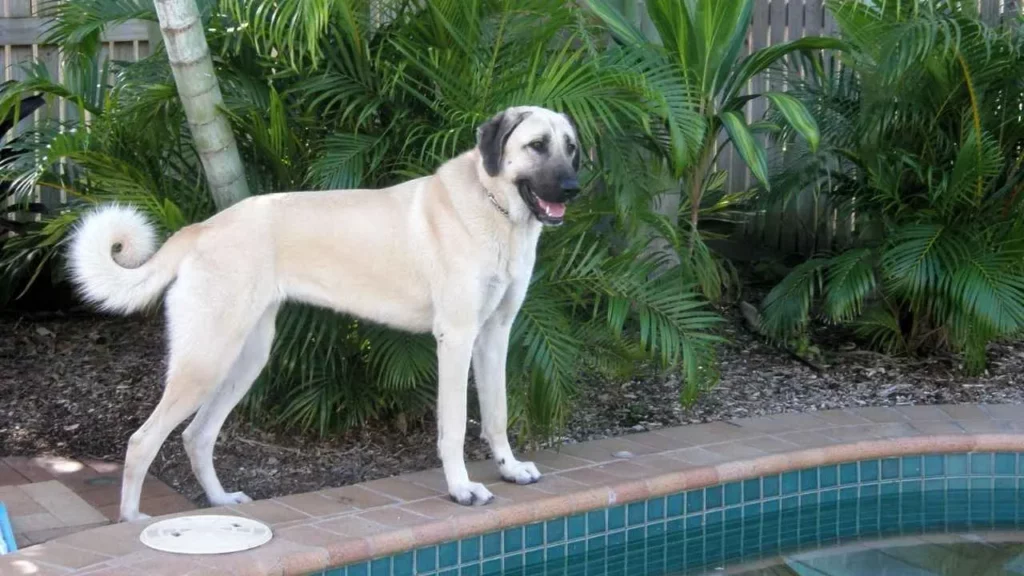
The Anatolian Shepherd is a rugged, ancient livestock guardian bred to protect flocks in Turkey’s harsh terrain, combining stamina, strength, and self-reliance. Standing between 27 and 29 inches and weighing up to 150 pounds, this breed is built for endurance and size over sheer bulk.
Unlike herding dogs, Anatolians do not drive livestock; they exist with the flock and defend it, often without direct commands from humans. That guardian instinct gives them a natural independence—they assess threats and act accordingly rather than waiting for orders.
Anatolians tend to have moderate grooming needs: a short or rough outer coat with a thick underlayer, and twice-yearly heavy shedding. Weekly brushing suffices outside shedding seasons, more frequent during coat blow-outs.
Health is relatively robust: hip dysplasia is uncommon, though responsible breeders still screen for it. Anatolians can be sensitive to anesthesia and may exhibit entropion or hypothyroidism in some lines.
When considering big independent dog breeds, the Anatolian is an archetype: highly autonomous, vigilant, and protective, yet loyal and calm with its own family.
Quick Tips
Use firm but fair leadership—Anatolians respect consistency.
Keep the dog leashed or in strong fencing until reliability is proven.
Brush frequently during shedding seasons to control undercoat loss.
8. Tibetan Mastiff
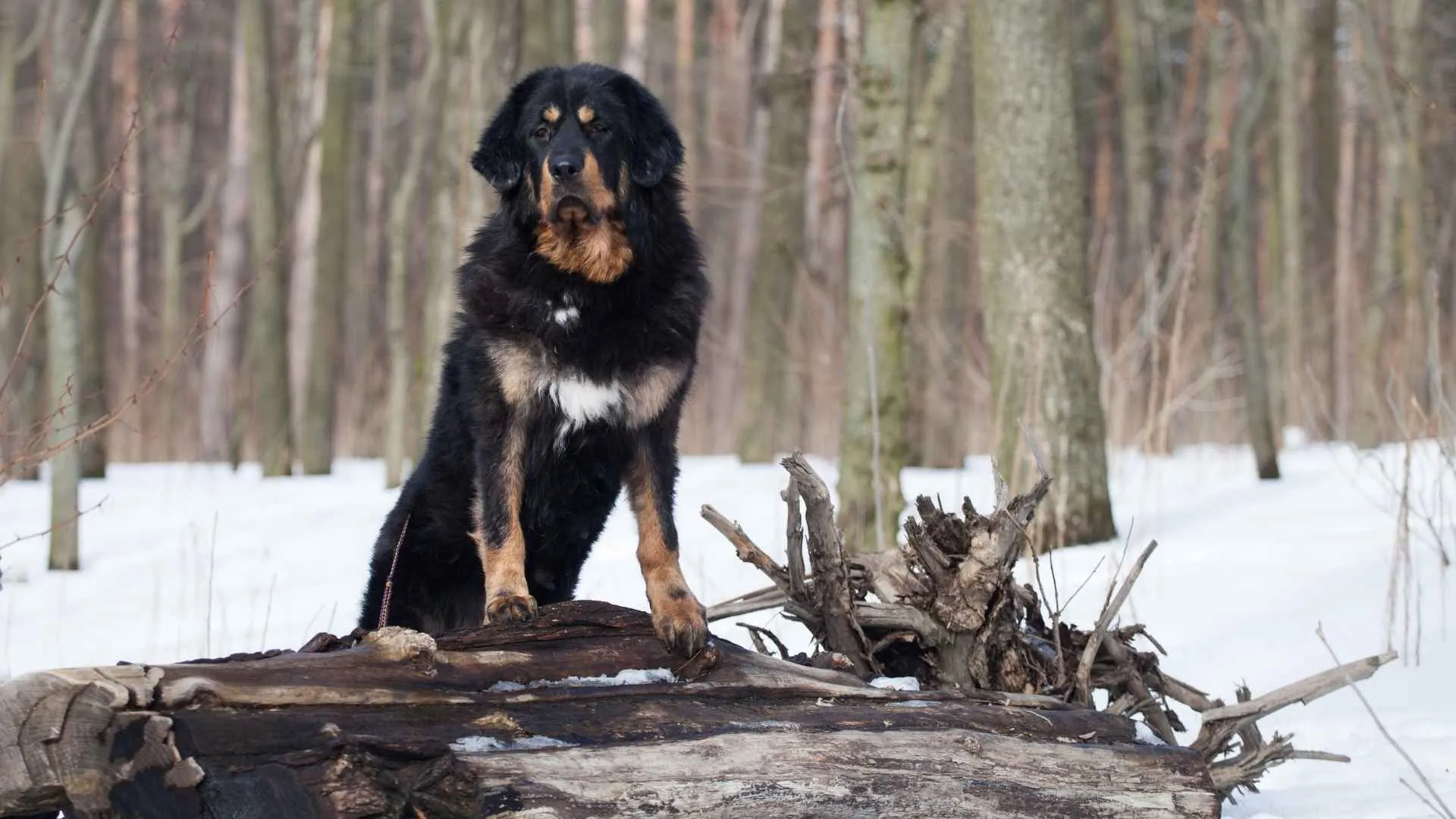
The Tibetan Mastiff is an ancient guardian breed known for its bold presence, dense double coat, and stern, watchful nature. While mellow at home, it becomes aloof and territorial toward strangers.
Size-wise, males typically exceed 26 inches at the shoulder and can weigh 140 to 180 pounds; females are slightly smaller. Coat colors include black, blue-gray, red gold, and sable varieties, often with white markings.
Temperament is commanding: courageous, loyal, patient, and independent. Their guard origins mean they may ignore trivial commands—they must believe in their role.
Grooming demands peak during the heavy shed once a year, though brushing throughout the year helps manage their dense coat.
The Tibetan Mastiff’s autonomy and guarding instincts place it squarely in the category of big independent dog breeds—especially for those wanting a majestic watchdog.
Quick Tips
Proper socialization and exposure early are essential to avoid over-territorial behavior.
Use large-breed or giant-dog diets to support their heavy build.
Increase grooming frequency during the annual full coat shed.
9. Komondor
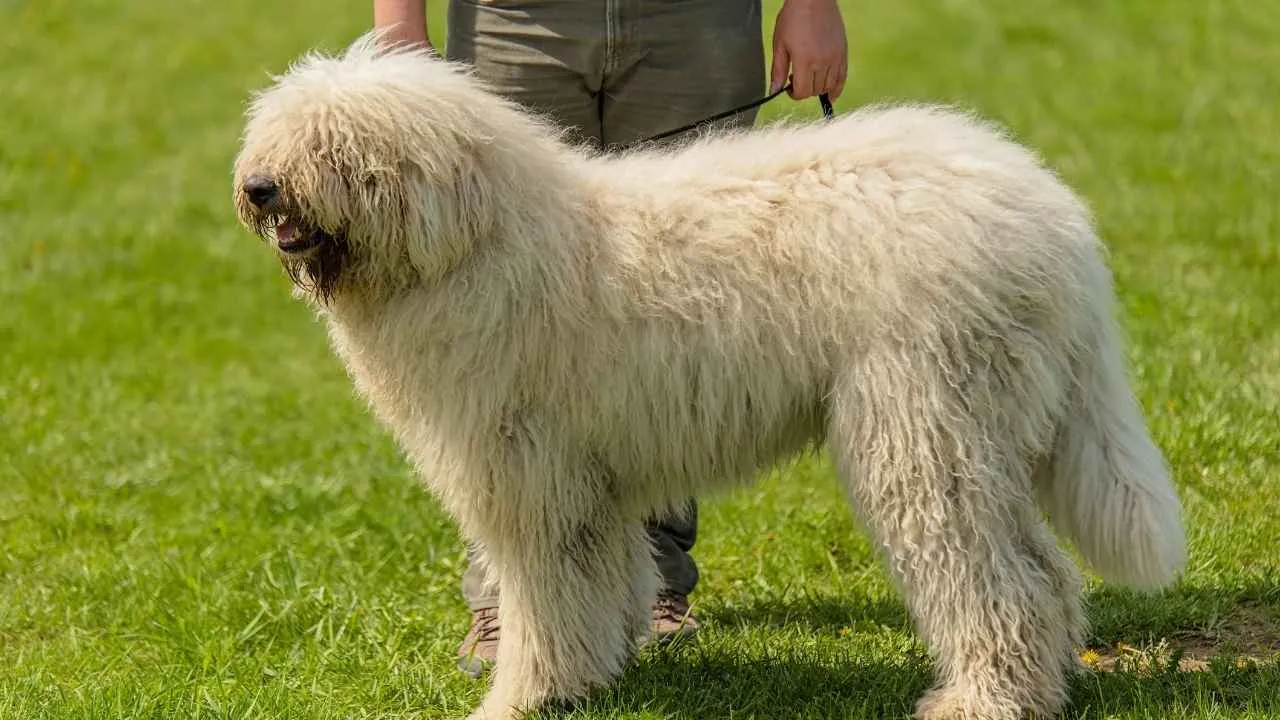
The Komondor is a striking Hungarian livestock guardian, instantly recognizable by its thick, mop-like cords that develop around 9 to 12 months. Bred to guard sheep and cattle, its dense, white cords serve as protection from weather and predators.
Males stand at least 27.5 inches, females at least 25.5 inches, and weights often exceed 100 pounds for males and 80 pounds for females. While their appearance is heavy, Komondors are surprisingly agile and quick on their feet.
Temperamentally, Komondors are calm, watchful, and intensely loyal to family. They are protective by nature and prefer to have something to guard—territory, family, or livestock.
Coat care is unique and demanding: cords must be kept separated as they form to prevent a solid mat. The corded coat also camouflages the dog in a flock and shields against elements.
As one of the more visually dramatic big independent dog breeds, the Komondor combines a fearless guardian heart, self-sufficient patterns, and a commanding, distinct look.
Quick Tips
Begin cord separation early and maintain it to avoid heavy mats.
Provide meaningful tasks or responsibilities to satisfy their guarding instinct.
Use socialization to moderate suspicion toward strangers.
FAQs
1. Are independent big dogs still loyal to their families?
Yes, independent breeds are incredibly loyal and form strong bonds with their family members. They may enjoy their own space and personal time, but remain fiercely loyal and protective companions.
2. Do independent large breeds require less training and attention?
No, even self-reliant dogs need early training and gentle guidance. They’re not overly demanding but do best with consistent structure rather than constant attention.
3. How can you balance independence with bonding in these dogs?
Spend quality time, offer moderate exercise, and respect their need for alone time. Providing personal space and positive reinforcement builds trust without being overly affectionate.
Conclusion
Independent breeds are perfect for experienced pet parents seeking great companions with an independent streak and unique personality. Originally bred to work or guard, these self-reliant dogs appreciate personal space, gentle training, and moderate exercise rather than constant attention. They enjoy their own company and can be left alone for long periods, yet remain incredibly loyal and fiercely protective of family members.
For those wanting dogs that aren’t overly demanding or overly affectionate, other dog breeds such as Afghan Hound, Greyhound, Scottish Terrier, Shiba Inu, Basenji dogs (barkless dog), Chow Chows, Irish Wolfhound, Standard Poodle, Lhasa Apso, Japanese Chin, Tibetan Spaniel, Basset Hound, and even small dogs like Pugs make excellent choices. Each balances independence, reserved nature, and strong bonds—ideal for homes that value companionship and personal space.


